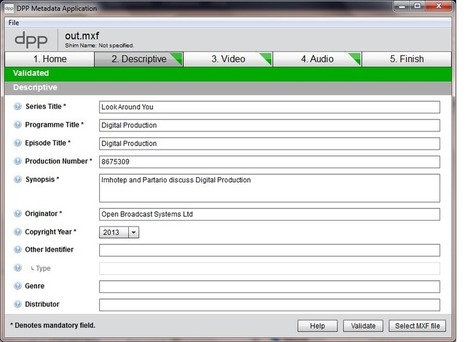When it comes to video, more data translates to better quality. However, the large size of a typical video file in today's HD world also translates into transcode and transfer bottlenecks for broadcasters and production houses. It often becomes a trade-off between preserving quality and resolution versus limiting file sizes or bit rates to meet workflow deadlines.
For example, a master file for just one and a half hours of 1080p video could be as large as 540GB. This large file would require many hours to transcode into various formats for editing, broadcasting and archiving purposes. And at 540GB, this digital file would take longer to transfer from one facility to another over the Internet than it would take to ship a physical hard drive across the country overnight. With every project, the workflow comes to a halt as the team waits for files to be transcoded into different formats and then transferred between systems.
Brevity, a start-up based in New York City with offices in Los Angeles and Vancouver, WA, is taking a new approach to video transport and transcoding that streamlines the workflow and eliminates the bottlenecks, yet preserves or even improves on quality by avoiding cumulative loss in production and distribution workflows. The Brevity system relies on a combination of licensed software per location and Brevity or third-party certified hardware that has the necessary teraflops of graphical processing power.
The service relies on unique algorithms that model and compress information, breaking down a video file into a much smaller “blueprint,” or set of instructions, for rebuilding the file into any format. This computationally intensive GPU-based approach is integrated into Brevity's enterprise video management tool, V3, which provides automated workflows with simultaneous transcode and transfer over a network.



 Your new post is loading...
Your new post is loading...














